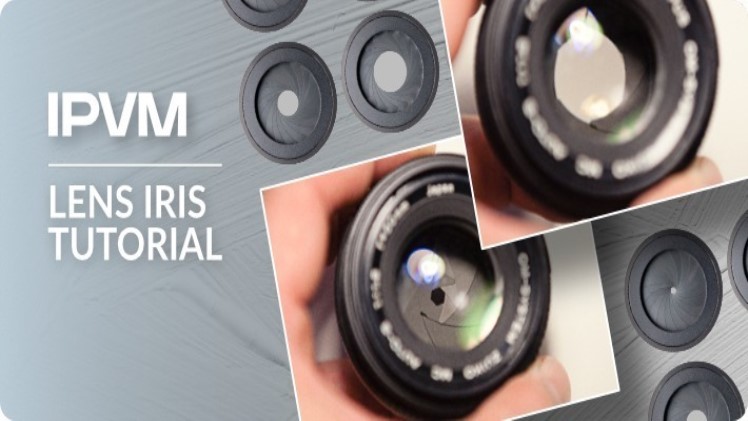Introduction
The iris is the element of the camera’s lens system that controls the aperture (the adjustable gap in the iris) in order to regulate the amount of light falling on the image sensor. If too much light is permitted to pass through the lens (large aperture), for too long, the result will be an overexposed image. If too little light passes through the lens (small aperture), the image will be underexposed. Video cameras generally have automatic aperture control that continually adjusts to ensure the image is correctly exposed.
Read More: World Latest News Website arterygal.com and newswebblog.com also check tech social blog site afashionweb.com
Camera model
Some camera models have a manual override that allows the user to specify the aperture setting. This is sometimes necessary when conducting biomechanical analyses. For example, when a high shutter speed setting is needed in low light conditions, the iris aperture would have to be opened wider than it would be in automatic mode. The drawback of doing this is the increased noise level in the image, which results in a more ‘grainy’ picture.
Nearme7 is Get The Latest Online website. At One Place like Arts Culture, Movies, entertainment, Technology, Travel and Sports Site here Healthtips7 and Britannicaweb .
Concluding remarks
Video cameras each have a minimum light level that they require in order to produce an image. This level is expressed in lux. A camera with a minimum illumination value of 1 lux will perform better in low light conditions than one with a 3 lux rating.
You can visit this to know tvgosat. You can also collect the latest headline news around the world from golpanews.

